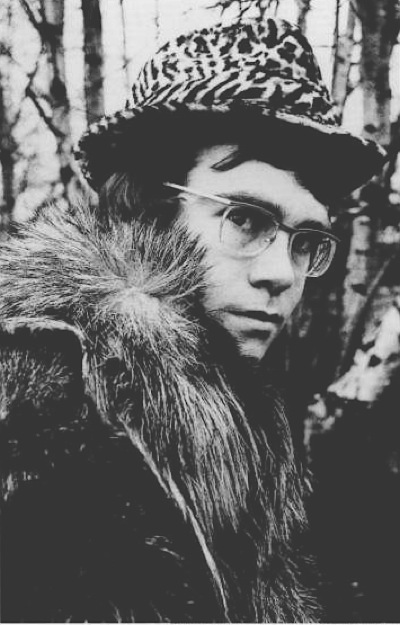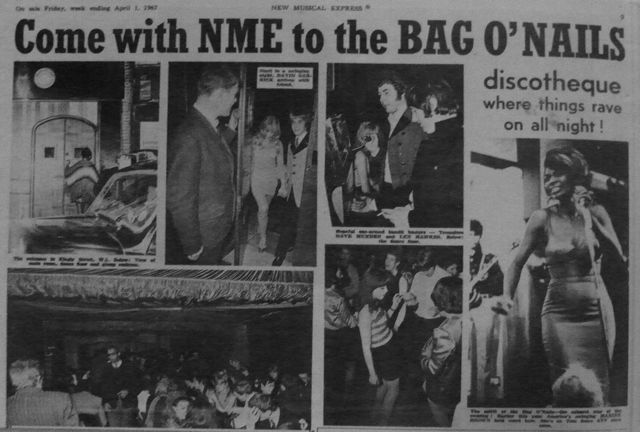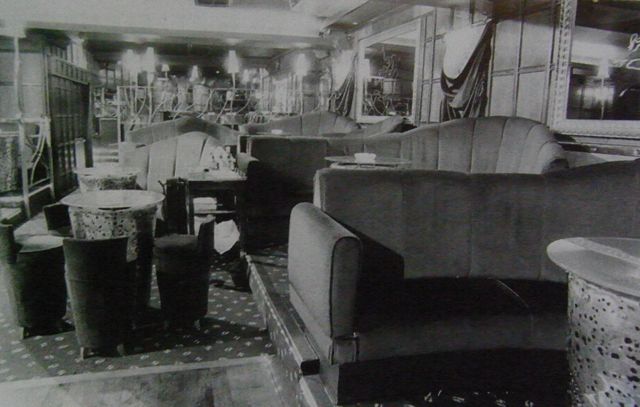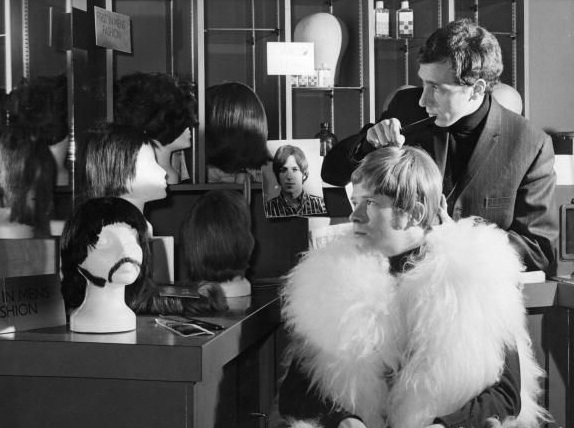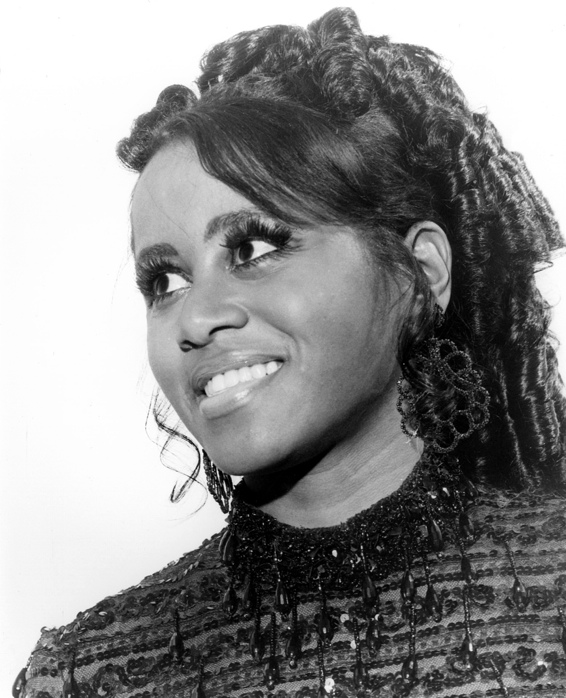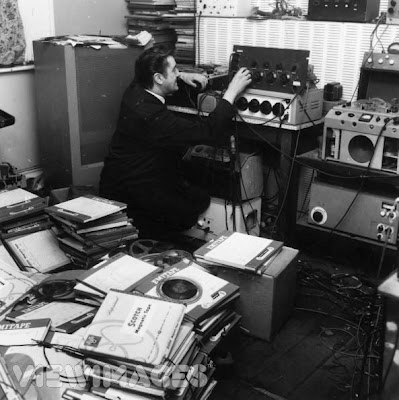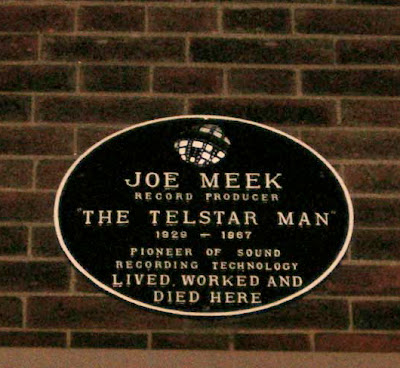In a basement flat on the corner of Liverpool Road and Furlong Road in Islington, the freshly monikered Elton John (to his friends and even himself it was still Reg) lived with his writing partner Bernie Taupin and his fiancé Linda Woodrow. On the 7th June 1968 Elton had written to an old school friend writing “Just a few lines to let you know I am getting married on 22nd June at Uxbridge Registary (sic) offices … Well if you think it’s a bit sudden you’re right. Seeing as we were living together we thought as well get married. Nothing much happening record-wise because I’ve got problems with my record company at the moment. Reg.”.

Only a week or so before Elton wrote the invite, Bernie and Linda were both having a an afternoon nap in their Furlong Road flat. Linda recalled ‘I came out of my room and Bernie came out of his, both thinking we’d heard a noise. We went into the kitchen, and there was Elton lying with his head in the the gas oven.’
Bernie quickly pulled Elton away from the oven fearing the worst but soon noticed that the gas was only turned to ‘low’ and the kitchen window was wide open. Elton had even thoughtfully placed a cushion in the oven to make his suicide attempt slightly more comfortable and in the end Linda merely remarked that it was just a waste of good gas.

Although the suicide attempt hardly seemed wholehearted it was nevertheless a cry of help from a man who was getting more and more confused and upset about his life. He was actually in a deep depression about his career, the failure of his first single and the continued false dawns and disappointments trying to sell his and Bernie’s songs. He was also coming to terms about his sexuality although up to then it didn’t really occur to anyone not least himself that he was anything but heterosexual. The lack of interest in women was just seen as a symptom of his shyness.

Towards the end of 1967 Dwight announced to the surprised members of Bluesology, a band led by the tall 6ft 7 inch singer Long John Baldry and for which he played keyboards, that he had ‘pulled a bird’. Bluesology had played at a nightclub called Fiesta in Sheffield and watching the band was a very short man who called himself The Mighty Atom, a DJ at the local Locarno ballroom, accompanied by a skinny blonde girl called Linda. The Mighty Atom apparently drove around town in a white E-Type Jaguar with wooden risers on the pedals and they must have made an odd couple as Linda was just shy of six feet.
Linda and Reg quickly found a lot in common and she travelled around with him for the last few dates of the Bluesology tour. At the end of the tour, just before Christmas 1967, Reg announced that he was leaving the band. Although Elton had been getting more and more frustrated about not being able to sing, it hadn’t helped that Baldry had just got to number one with the syrupy ballad ‘Let The Heartaches Begin’ – when he sang the hit a backing track was used and the rest of the band had to stand around doing nothing but looking suitably morose. Before Reg parted company he asked politely if he could borrow parts of Elton Dean, the saxophonist, and Long John Baldry’s names to re-name himself Elton John.
Linda and Elton found a basement flat in Furlong Road and Bernie Taupin soon moved in with them in the spare room. Linda was heiress to the Epicure Pickle company could live off a comfortable trust fund. Philip Norman, Elton’s biographer wrote that Elton had begun his affair with Linda “in the spirit of a non-swimmer, plunging headlong with eyes shut and fingers pinching nose, hoping that, if he went straight in at the deep end, everything would somehow sort itself out”.
It of course didn’t and in June 1968, three weeks before the proposed wedding, Elton was having a drink with Long John (who was to be Best Man) and Bernie at the Bag O’ Nails club in Kingsly Street where they both tried to dissuade him from the marrying Linda. Bernie remembered that Baldry, by then an unrepentant’out’ gay man, went on at Elton all evening – ‘It’s absurd, you don’t love really love her, you’re just being a damned fool…’. Almost certainly Baldry pointed out a few things about Elton’s sexuality that he might not been entirely aware of. Although Elton has since written “I cannot believe I never realised that he was gay. I mean, I didn’t realise I was gay at that time, but looking back on it now, John couldn’t have been any more gay if he tried”.
Long John Baldry on Top Of The Pops 1968
Long John Baldry, although to his many fans after the success of ‘Heartaches’ wouldn’t have had a clue, was as flamboyantly ‘out’ to his friends as it was possible to be in 1968. Which possibly shows Elton’s innocence at the time but it has to be noted that homosexuality had only been legal in the UK for less than a year. Baldry had become rich (for a short time) from the number one hit and was leading a very hedonistic life in 1968, often attending the non-stop party at the home of Oliver composer Lionel Bart, who shared his interest in young men – the age of consent for gay men at the time was, of course, twenty-one.
Baldry’s sister Margaret does not go into detail, but does reveal that “some of them were very young. John was blackmailed on a couple of occasions. I used to meet a lot of these young guys who were way beyond their years, and they were clearly out to get his money.”
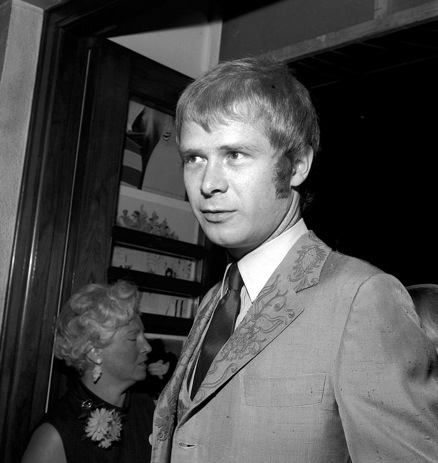
By the time the Bag O’ Nails closed Baldry, Elton and Bernie were joined by PJ Proby and also Cindy Birdsong from The Supremes, all acting as celebrity agony aunts and telling him that it was wrong to marry Linda.
At four in the morning, and drunk, Bernie and Elton trudged back to Furlong Road. Elton was determined to finish the relationship and that night he did just that. ‘All hell broke loose’ according to Bernie with Linda pretending that she was pregnant and that she would commit suicide in the hope that Elton would change his mind. All to no avail.
In the morning Elton called his mother and in a few hours a van drew up outside the Furlong Road flat driven by his stepfather Derf Farebrother. In less than an hour Elton, Bernie and their respective record collections made the journey back to Elton’s family home at 30a Frome Court, Northwood Hills. Bernie and Elton were still sharing bunk beds at his old family home eighteen months later. Elton by then a huge star.


Long John Baldry, immortalised as Sugar Bear in Elton’s song ‘Someone Saved My Life Tonight’ never repeated the success of ‘Let The Heartaches Begin’. However he will always be remembered as instrumental in the birth of British blues and a link between black American blues and British rock. Other than Elton John he played with Mick Jagger before the Rolling Stones existed, went to school with Charlie Watts where they started a Jazz and Blues appreciation society and he famously found an 18 year old Rod Stewart singing a version of John Lee Hooker’s Dimples on the platform at Twickenham station.
Brian Auger and Trinity with LJB and Rod Stewart 1965
Linda Woodrow (now Hannon) lives in America and seemingly still bitter about Elton John and the, it has to be said, slightly misogynistic and one-sided ‘Someone Saved My Life’. Making up for not marrying Elton in 1968 she has since married four times.
The Mighty Atom has now sensibly reverted back to his real name Chris Crossley and is now an artist in Brincliffe, Sheffield.
Linda Woodrow and The Mighty Atom today
There are many stories about Reg putting his head in the gas oven. In most of them I was to blame, however Reg was going through a very frustrating time with his music. He was then recording at the Dick James studio. I used to sit there many evenings while he played his music. At that time he was only earning approx. 100 pounds a week or less, it is true that I did take care of both him and Bernie financially. I didn’t realize at the time that he was bi-sexual. I think he used to fantasize after John Baldry. Reg had been out with both John and Bernie when they came home very drunk and Reg informed me that he was leaving. It was definitely John who told him not to get married. I cared very much for Reg and had really hoped for a future with him. At that time I never imagined that he would become such a huge star.Linda

